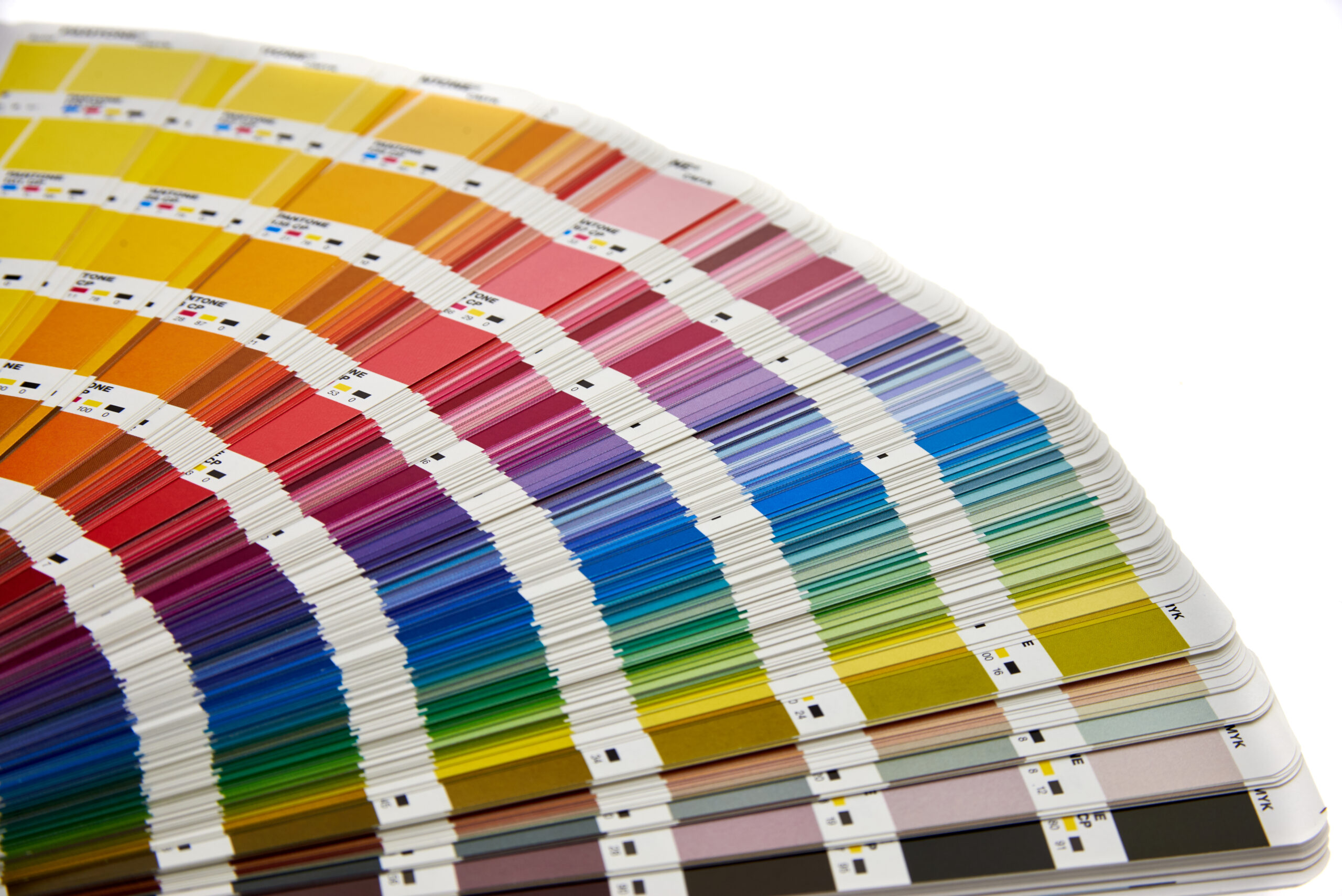Cupric Compound Functions in Diverse Fields
Have one know that cupric oxide is crucial in the fireworks industry? It causes sparks brighter and provides oxygen. This chemical, along with copper(I) oxide, is crucial for amazing fireworks and numerous industrial applications. It’s essential in electronics, construction, and biotechnology as well.
Copper oxide does more than just provide color. Its chemical properties aid produce sophisticated products like semiconductors and superconductors. Both copper(I) and copper(II) oxides are vital in today’s technology. They illustrate how cuprous oxide is a critical asset for numerous sectors and helps promote advancement.
Overview to Copper Oxide
Cuprous oxide is made when copper and oxygen combine. It exists in two primary types: copper(I) oxide (Cu2O) and cupric oxide (CuO). Each form has distinct properties that render it useful in numerous sectors.
Cuprous oxide is known for its semiconductor characteristics. This makes it important in high-tech areas. Cupric oxide, found in minerals like and cuprite, has distinct properties. It’s employed in ceramics, solar energy, semiconductors, and additional applications.
Copper oxide has a density of 6 g/cm³ and a molecular weight of 143.09 g/mol. It melts at 1,232 °C and has a boiling point at 1,800 °C. These high heat levels cause it valuable in various applications.
Studies on copper oxide is progressing. It’s used as seed treatments and fungicides. It also assists create cutting-edge semiconductor materials. Cuprous oxide’s uses are expanding in the tech industry.
Molecular Properties of Copper Oxide
Cupric oxide, referred to as CuO, has special molecular characteristics. It has a molar mass of about 79.545 g/mol, making it valuable in industry. It can appear as a black or brown powder.
The specific gravity of Cuprous oxide is around 6.315 g/cm³, which is important for its applications. It melts at 1,326 °C and has a boiling point at 2,000 °C, showing its durability. It doesn’t dissolve in water but can dissolve in certain chemicals.
Cupric oxide has a unique electrical structure with a energy gap of 1.2 eV. This is key for its application in semiconductors. It also has magnetic characteristics, with a susceptibility of +238.9·10−6 cm³/mol.
Cuprous oxide, or Cu2O, is different from copper(II) oxide. It has a density of about 6 g/cm³ and reacts differently. It turns into copper(II) hydroxide when mixed with water and oxygen.
There are different ways to produce Cuprous oxide. Cuprous oxide is produced by oxidizing copper or reducing copper(II) compounds. Copper(II) oxide is made through high-temperature processes. Understanding how to produce each form is vital for industrial uses.
Cuprous Oxide (Cu2O) Applications
Cuprous oxide, referred to scientifically as Cu2O, is crucial in various industries. It has a molar mass of 143.09 g/mol and a density of 6.0 g/cm3. It also has a high melting point and boiling temperature, rendering it ideal for high-temperature environments.
Marine protection is a important area for cuprous oxide. It’s used in antifouling paints to shield ship hulls from seawater damage. This shows how copper oxide helps ships last for extended periods. It’s also utilized as a pigment and fungicide in numerous products.
In electronics, Copper(I) oxide is a top-notch semiconductor with a band gap of 2.137 eV. It’s been used in rectifier diodes since 1924. This demonstrates its initial role in electronics, before silicon became widely used.
In recent times, cuprous oxide has emerged as key in renewable energy. Toshiba developed a see-through solar cell using it, achieving 8.4% efficacy. This demonstrates its significance in new energy technologies.
To conclude, cuprous oxide is used in numerous applications. It’s in antifouling agents, semiconductor substances, and new energy technologies. Its wide range of applications causes it a essential part of numerous industries.
Cupric Oxide (CuO) and Its Uses
Copper(II) oxide, or CuO, is essential in many copper products. It has unique characteristics and is highly versatile. It’s employed in numerous industries, demonstrating its importance.
In ceramics and pottery, it produces bright colors like blue, green, and red. Potters employ it to create their work more attractive.
In pyrotechnics, it aids produce fireworks with blue colors. This makes fireworks more vivid to observe. It’s also utilized in oil cleaning and wood preservatives.
It has antibacterial characteristics, rendering it beneficial in insecticides. This aids shield crops from pests. Scientists are also investigating its use in biotechnology.
Cupric oxide is found in mineral and multivitamin additives. It’s considered as beneficial, even though it can be difficult to uptake. Companies like Meghachem Industries and Noah Chemicals appreciate it for its efficacy.
It’s primarily produced during copper refining. It’s stable and can withstand elevated temperatures. It doesn’t solubilize easily and responds with acids, rendering it useful in various applications.
The Applications for Cuprous Oxide in Industry
Cuprous oxide is utilized in various fields, like electronics and marine industries. Its special properties help upgrade technology and protect the environment.
Electronics and Semiconductors
In electronics, copper oxide nanoparticles are key. They transmit electricity well and remain steady at high temperatures. This causes them great for creating advanced devices.
These nanoparticles are produced of about 79.87% copper and 20.10% oxygen. They’re utilized in superconductors and thermoelectric generators. This helps make devices more effective and robust.
Antifouling Marine Paints
Cuprous oxide is also used in marine paints. It prevents biofouling on ship hulls, making ships endure longer. The nanoparticles stick to surfaces and emit copper ions.
This prevents algae and barnacles from developing. It maintains ships operating smoothly and reduces on maintenance. This is beneficial for the environment because it lowers toxic paint residue.
| Characteristic | Value |
|---|---|
| Chemical Composition | 79.87% Cu, 20.10% Oxygen |
| Specific Gravity | 6.31 g/cm³ (0.227 lb/in³) |
| Molar Mass | 79.55 g/mol |
| Melting Point | 1201°C (2194°F) |
| Boiling Point | 2000°C (3632°F) |
Cuprous Oxide in the Building Industry
Cuprous oxide is key in modern building techniques. It’s known for its flexibility, mainly in paints and coatings. Constructors utilize it for both looks and function. It makes colors vibrant and makes materials endure longer.
Copper’s natural ability to combat corrosion renders it extremely important. Employing Cuprous oxide in buildings helps them endure longer in harsh weather. This means less upkeep is required.
The table following highlights some noteworthy aspects of copper’s role in construction:
| Application | Advantages | Durability |
|---|---|---|
| Pipes and plumbing | Efficient distribution of water and heat | Lasts multiple decades |
| Roofing | Durable, fire-resistant, and minimal repairs | Over 1,000 years |
| Wall cladding | Lightweight, malleable, and corrosion-resistant | Hundreds of years with proper maintenance |
| Guttering systems | Corrosion resistance and character | Long-lasting, less susceptible to damage |
| High-touch surfaces | Antimicrobial properties to reduce bacteria | Immediate effectiveness |
Architects and constructors are choosing Cupric oxide for its cost and minimal maintenance. Copper’s special qualities aid create durable designs. It shows its value in the construction industry.
Biotechnology and Health Uses
Cuprous oxide (CuO) is getting a lot of attention in biotechnology. This is because it has strong antimicrobial characteristics. Researchers are exploring how it can eliminate pathogenic bacteria and viruses.
They see its potential in creating new health products. CuO nanoparticles are being employed in many health-related items because of their versatility and efficacy.
Antimicrobial Characteristics
CuO’s ability to combat microbes is exciting for biomedicine. Its nanoparticles can attack a broad range of pathogenic organisms. This makes them ideal for application in medical settings.
For example, they can be added to bandages and dressings. This helps stop infections. CuO works by damaging bacterial membranes and causing oxidative stress.
How CuO nanoparticles are synthesized influences their size. Different techniques can create particles as small as 4 nm or as large as 30 nm. The size of the particles can change how well they work against microbes.
Uses in Supplements and Nutraceuticals
CuO is also being examined for use in dietary supplements and nutraceuticals. Some people are concerned about its safety in these products. But, it could also have benefits for our health.
Research is continuing to understand how our bodies absorb and utilize CuO. This is crucial for understanding how effective it can be. But, it’s also important to remember that too much CuO can be harmful.
Research show that CuO can be toxic at high doses. This means we need be cautious about how much we consume. Researchers are working to find the appropriate equilibrium between its benefits and risks.
| Synthesis Method | Nanoparticle Dimensions (nm) | Uses |
|---|---|---|
| Electrochemical Method | 4 – 50 | Antimicrobial coatings, wound dressings |
| Sonochemical Synthesis | 20 – 30 | Microbial prevention in medical textiles |
| Sol-gel Techniques | 7 – 9 | Antimicrobial agents, supplements |
| Microemulsion System | 5 – 25 | Health applications, nutraceuticals |
| Precipitation Synthesis | 4 | Biomedical applications |
| Microwave Irradiation | 3 – 5 | Medical devices, coatings |
Industrial Uses in Ceramics and Glass
Copper oxide is key in ceramics and glass manufacturing. It comes in two forms: Copper(I) oxide (Cu₂O) and Copper(II) oxide (CuO). Cu₂O provides a reddish-brown color, ideal for glazes and glass. CuO, with its dark color, boosts the appearance and standard of items.
Its role as a flux is also crucial. Copper oxide reduces the melting of materials. This renders production easier, resulting in improved finishes and designs in ceramics and glass.
The table following illustrates how copper oxide is utilized in ceramics and glass:
| Type of Copper Oxide | Color | Applications | Properties |
|---|---|---|---|
| Copper(I) oxide (Cu₂O) | Red or reddish-brown | Coloring agent in ceramics, glass, and paints | Chemically stable, excellent pigment |
| Copper(II) oxide (CuO) | Black | Color enhancement in ceramics and glass; catalysts | Thermally stable, fluxing properties |
Copper oxide makes ceramics and glass look aesthetic. It also aids in making new technologies. Glass manufacturing utilizes these characteristics to create aesthetic and practical items. Cuprous oxide remains being a top option in ceramics and glass.
Future Trends and Research in Copper Oxide Technologies
The world of Cuprous oxide technologies is changing rapidly. New studies and a expanding market are propelling these shifts. The focus is on employing copper oxide in renewable energy and nanotechnology.
As we look to the ahead, copper oxide nanomaterials are getting more attention. They are known for being excellent conductors of electricity and heat. This makes them ideal for improving solar cells and batteries.
The market for copper oxide nanoparticles has grown a lot. It was worth USD 480 million in 2022 and is expected to expand even more. This shows how important Cuprous oxide is for many fields, including electronics and healthcare.
Its antibacterial properties are rendering it useful in emerging areas. For example, in 3D printing and smart packaging. This demonstrates how versatile Cupric oxide can be.
Big companies are changing how they make things to meet emerging demands. They are concentrating on markets like electronics and energy storage. As consumers want more eco-friendly products, research will focus on creating things better for the planet.
This means copper oxide will serve a big role in upcoming technologies. It will be essential in many areas, helping to promote progress in different fields.
FAQ
What are the different types of copper oxide?
Cupric oxide exists in two main types: Cuprous Oxide (Cu2O) and Copper(II) Oxide (CuO). Cu2O is great for preventing corrosion. CuO is used in paints and as a germ killer.
Which are the main applications of Copper(I) oxide?
Cuprous oxide is key in making antifouling paints for ships. It also aids in the semiconductor industry because it’s good at conducting light. Plus, it’s employed in making thermoelectric devices.
In what ways is cupric oxide utilized in various industries?
Copper(II) oxide is mainly utilized in producing ceramics and pigments. It adds color and beauty to products. It’s also used in fireworks for bright colors and in bug sprays for its germ-killing power.
Which roles does Cuprous oxide play in electronics and semiconductors?
Copper oxide is essential in electronics for its ability to conduct electricity. It’s employed in sensors and energy-saving gadgets. This aids in producing new tech.
How does copper oxide add to the construction industry?
In construction, Cuprous oxide is used in paints and coatings for aesthetics. It also aids materials endure for extended periods because it prevents corrosion. This makes it a top option for building projects.
What are the biological uses of Cupric oxide?
Copper oxide has antibacterial characteristics. It’s used in health products and supplements. Scientists are exploring its power against bad bacteria and its health benefits.
In what ways does Cupric oxide operate in ceramics and glass manufacturing?
In ceramics and glass, Cuprous oxide dyes materials. It also aids materials melt easier, making them melt better.
Which future trends are anticipated for Cuprous oxide technologies?
Future research will investigate copper oxide in renewable energy and nanotechnology. It will also look at making manufacturing more sustainable. This shows its significance in new technologies.


